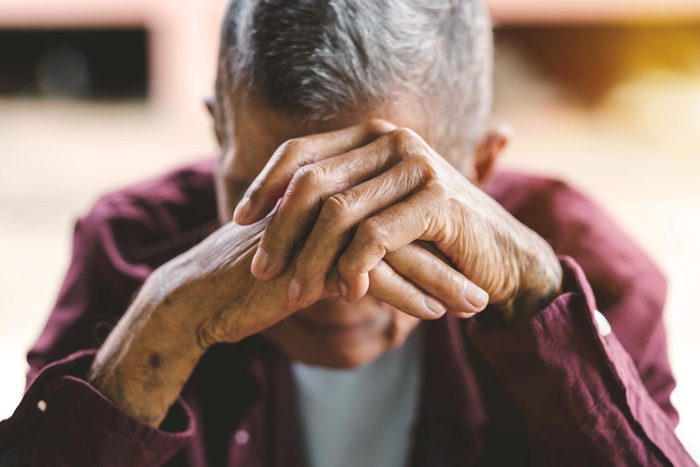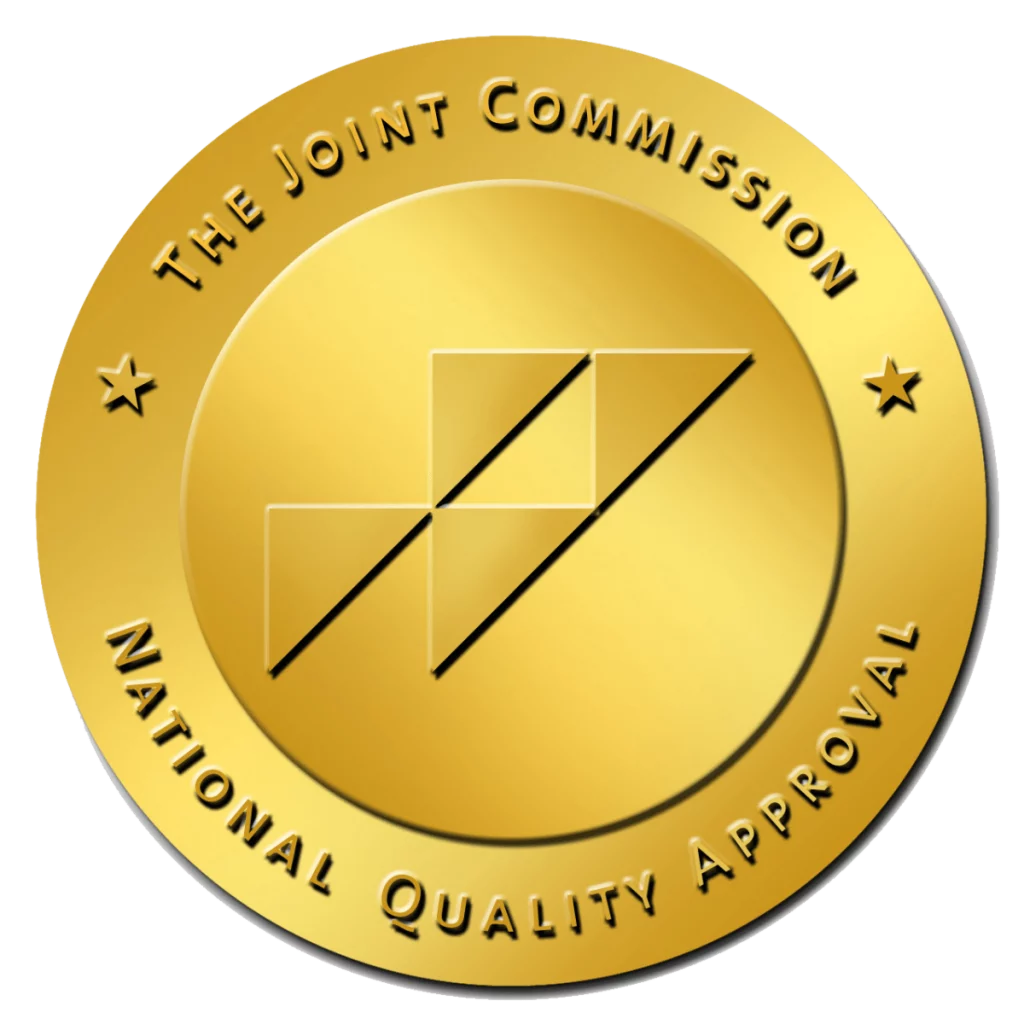Everyone gets a little sad or blue sometimes.
Whether the feeling comes on because of a particular event or is the result of hormonal shifts, most people experience it for a day or two, maybe even a few days. It’s a common emotion.
However, when sadness lasts for two weeks or longer, it’s time to take a closer look at what might be happening.
What Is Depression?
The American Psychiatric Association (APA) defines depression—also referred to as major depressive disorder—this way: “It’s a common and serious medical illness that negatively affects how you feel, the way you think, and how you act. Depression causes feelings of sadness and/or a loss of interest in activities once enjoyed. It can lead to a variety of emotional and physical problems and can decrease a person’s ability to function at work and at home.”
- One in six people will have depression at least once in their life.
- One in 15 adults in the U.S.—approximately seven percent of the population—have depression.
- Women are more likely to have depression than men, and it’s often their most prevalent mental health issue. In fact, research indicates that at least one-third of women will have a major depressive episode.
- Depression usually first appears in a person’s late teens and early 20s, but can affect someone at any time. Additional statistics report that people over 40 have higher rates of depression.
Other research points to major depressive episodes as a contributing factor to thoughts of suicide: approximately 32 percent of depressed people have suicidal thoughts compared to 2 percent of non-depressed people. Depression is also a primary reason for someone making suicide plans and attempting suicide.
Harvard Health identifies six primary types of depression:
- Major depression aligns closely with the APA definition above.
Persistent depressive disorder, also known as dysthymia, is “a low mood that has lasted for at least two years but may not reach the intensity of major depression.” People are able to go about daily activities, but have little joy. - Bipolar disorder is a complex co-occurring disorder of depression and mania. Quite often, people will experience a run of high mood with mania followed immediately by extended depressive episodes.
- Seasonal affective disorder often affects people during fall and winter months when sunlight is less prevalent as the days shorten. This condition is also known as SAD, and people usually realize they have it after two consecutive years of feeling low during fall and winter but perking up again upon the arrival of spring.
- Perinatal depression is one of two forms of depression only women experience. It involves “major and minor depressive episodes that occur during pregnancy or in the first 12 months after delivery—categorized as postpartum depression.” One in seven women suffer from it, and it has “devastating effects on the women, their infants, and their families.”
- PMDD is the second type of depression unique to women because it’s “a severe form of premenstrual syndrome.” The symptoms usually present after ovulation and end with the start of menstruation. PMDD often requires prescription medication to alleviate symptoms.
What Causes Depression?
The APA notes key factors such as:
- Biochemistry, as an imbalance of certain brain chemicals possibly amplify symptoms
- Environment, especially ongoing exposure to abuse, chronic illness, neglect, poverty, or violence
- Genetics, as some studies indicate a 50 percent possibility of hereditary influence
- Personality, because some people who tend to be consumed by stress, often pessimistic, or lacking in self-esteem might be at higher risk if any other factors are present
Clinical depression is different than feeling temporarily sad about losing your job or experiencing grief over a loved one’s death. While both grief and depression have complicated emotions and behaviors, those associated with loss often ebb and flow. With depression, emotions tend to affect all aspects of life over a consistent period of time. Another distinction is that grieving people usually retain their self-esteem, whereas individuals suffering from depression also experience self-loathing and worthlessness.
However, continued joblessness or the loss of someone you love can trigger severe depression beyond initial sadness or grief. In these circumstances, people often feel depressed longer than they would otherwise, and require individualized treatment to address the conditions separately.
Symptoms of Depression You Should Know
It’s not uncommon for any one of us to wake up one morning feeling, well, blah. You didn’t sleep well, you’re not interested in what lies ahead, the usual mini-moments of gladness are nonexistent, and everything irritates you. Most of the time, you bounce back after a day or two.
But if you’re actually depressed, watch for these symptoms:
- Feeling empty, frequently on the verge of tears, hopeless, or sad
- Constant irritability or agitation, especially over things that shouldn’t matter so much
- Insomnia or oversleeping
- Lethargy, overall lack of energy, or an inability to complete even minor tasks
- Increased appetite and weight gain or, conversely, weight loss and no interest in eating
- Too much focus on past failures, feeling worthless or guilty, no self-esteem
- Anxiety or restlessness
- Physical ailments such as body aches, headaches, and slow movement
- Having difficulty concentrating or remembering
- Repeated thoughts of death or suicide, or attempts at suicide
If you’ve had some of these experiences for two weeks or longer, use this test from Psych Central to determine if you need help from a mental health professional.
If you’ve had suicidal thoughts, call the National Suicide Prevention Lifeline right away: 1-800-273-8233, or chat here. The Lifeline offers confidential and free support 24/7.
 For more information about Peak View Behavioral Health programs, or if you have questions, please call us at 719-444-8484 or use our contact form.
For more information about Peak View Behavioral Health programs, or if you have questions, please call us at 719-444-8484 or use our contact form.








